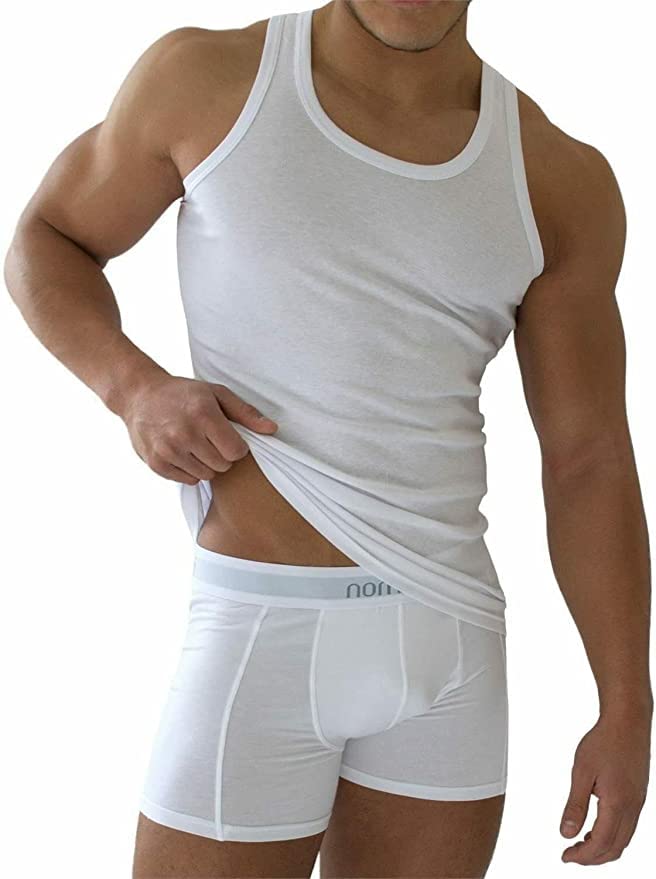Are Puffer Vests Warm?
Puffer vests have become very popular in recent years as a trendy and versatile addition to any wardrobe. But are puffer vests actually warm? Let’s take a closer look at the design of puffer vests and the materials used to make them to determine their warmth level.
The Insulated Design
Puffer vests are typically filled with synthetic insulation or down feathers, both of which provide excellent warmth. The insulation is what gives puffer vests their signature puffy appearance. The insulation works by trapping air in small pockets, which creates a layer of warmth against the body. Therefore, the more insulation a puffer vest has, the warmer it will be.
Synthetic Insulation vs Down Feathers
When it comes to warmth, down feathers are generally considered the superior choice. Down is the soft layer of feathers found closest to a bird’s skin and provides excellent insulation. It is known for its ability to retain heat and regulate body temperature. However, synthetic insulation has also come a long way in recent years and can perform almost as well as down feathers.
Synthetic insulation is made from polyester fibers that mimic the properties of down. It is typically less expensive than down and performs better when wet compared to natural down feathers, which tend to lose their insulation properties when damp. Synthetic insulation is also hypoallergenic, making it a suitable choice for those with allergies.
Outer Shell Materials
Puffer vests are also designed with an outer shell material that helps to protect against wind and water. Common materials used for the outer shell include nylon and polyester. Nylon is lightweight, durable, and has excellent water repellency, making it a popular choice for puffer vests. Polyester is also a good option as it is lightweight and offers good water resistance.
Layering Potential
One of the reasons puffer vests have become so popular is their versatility for layering. Puffer vests can be worn over a long-sleeve shirt or sweater as an extra layer of insulation without restricting movement. They provide warmth without adding too much bulk, making them an excellent choice for outdoor activities or transitional seasons.
However, it’s important to note that puffer vests may not provide enough warmth on their own in extremely cold temperatures. In such cases, layering the vest with a heavier jacket can be a more effective way to stay warm.
So, are puffer vests warm? The answer is yes, puffer vests are indeed warm. The insulation used in puffer vests, whether down feathers or synthetic fibers, works by trapping warm air against the body, providing warmth and insulation. The outer shell material adds protection against wind and water, making puffer vests suitable for various weather conditions. While puffer vests can be worn on their own in milder temperatures, they may not be sufficient in extremely cold weather and are best suited for layering.






